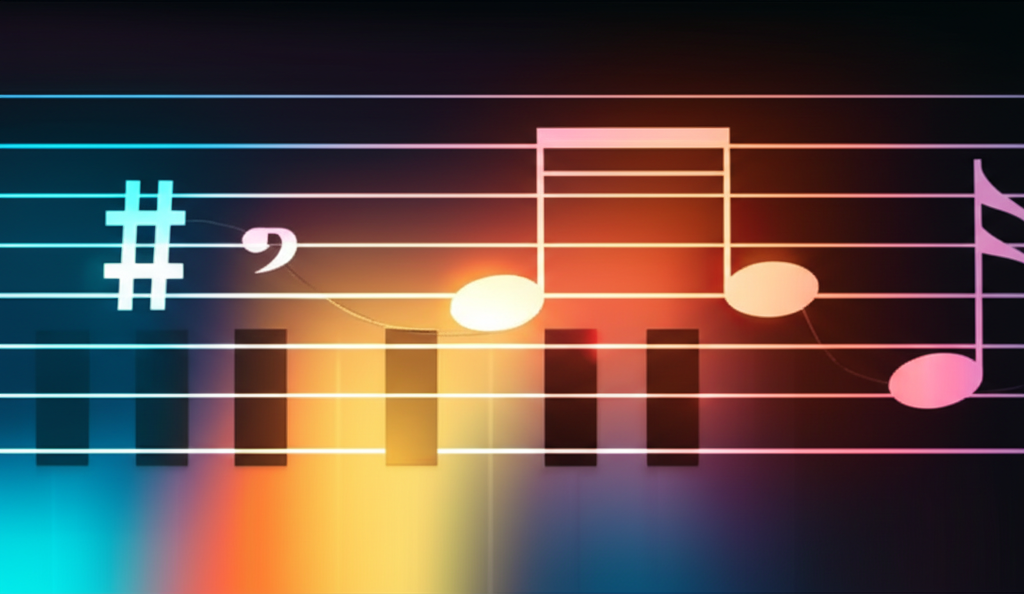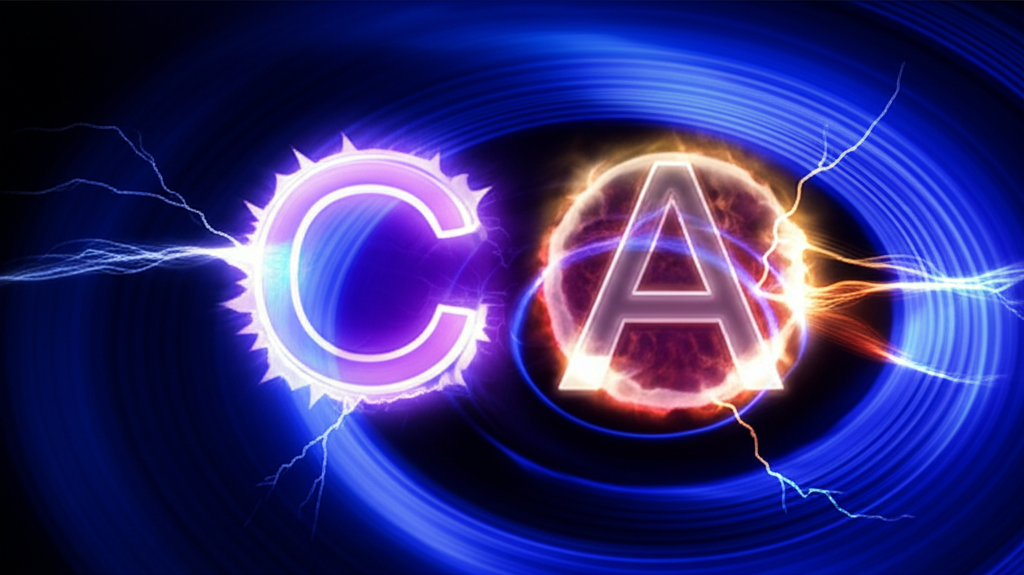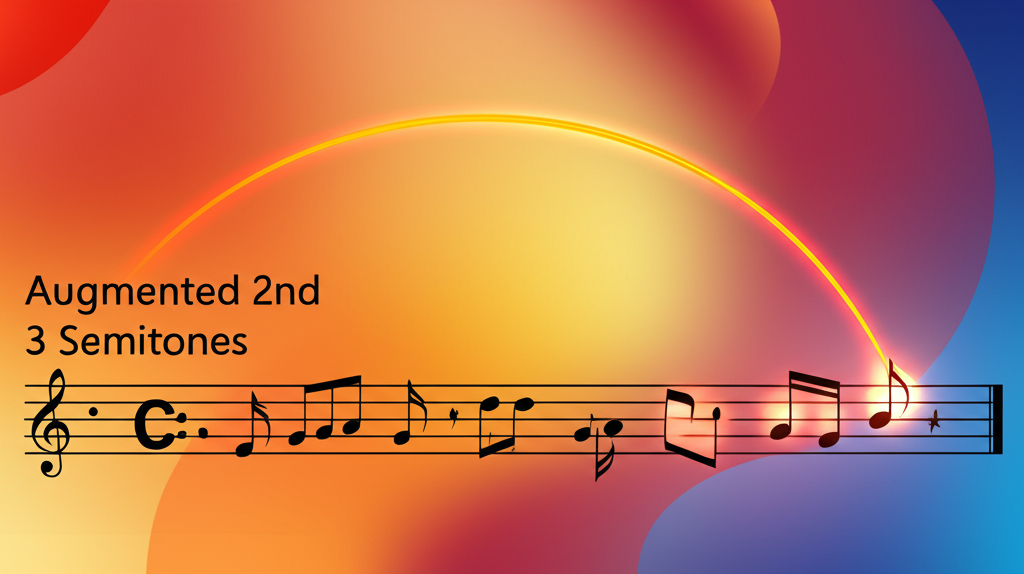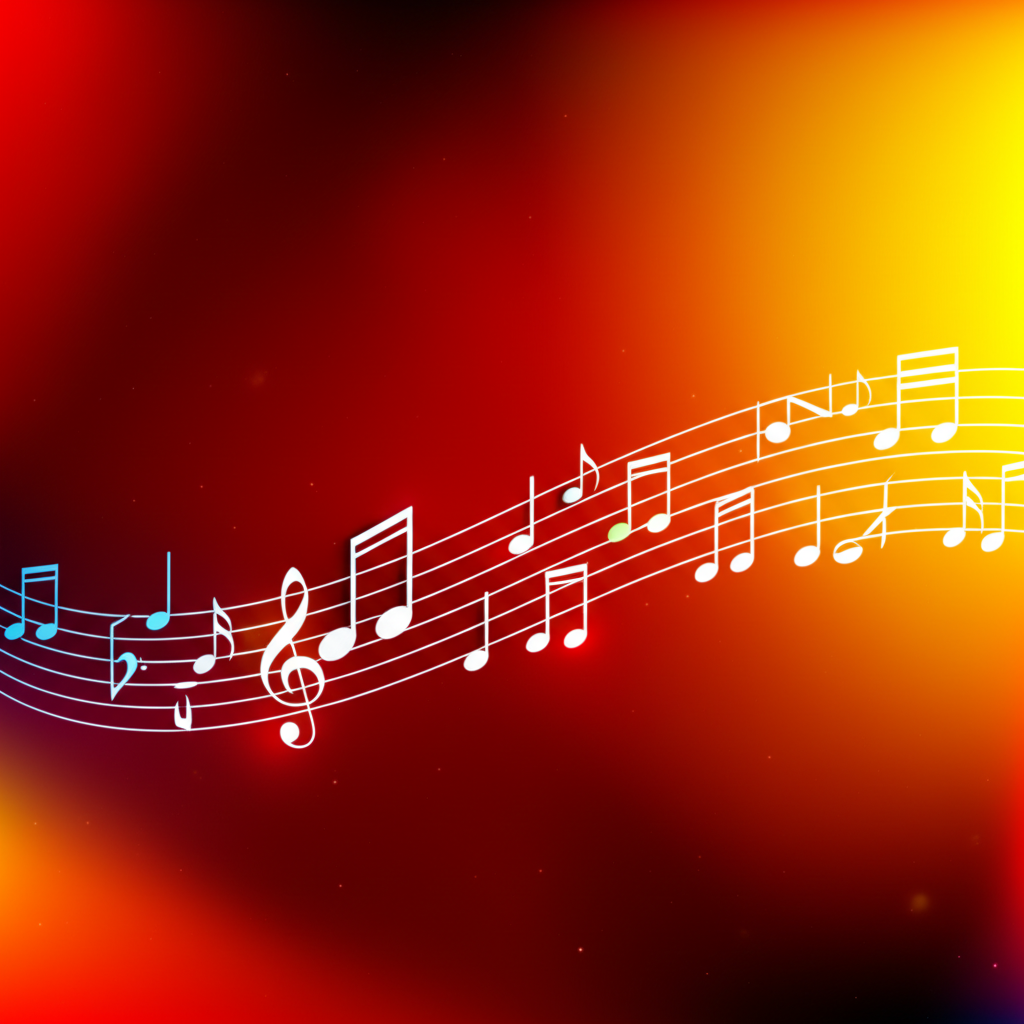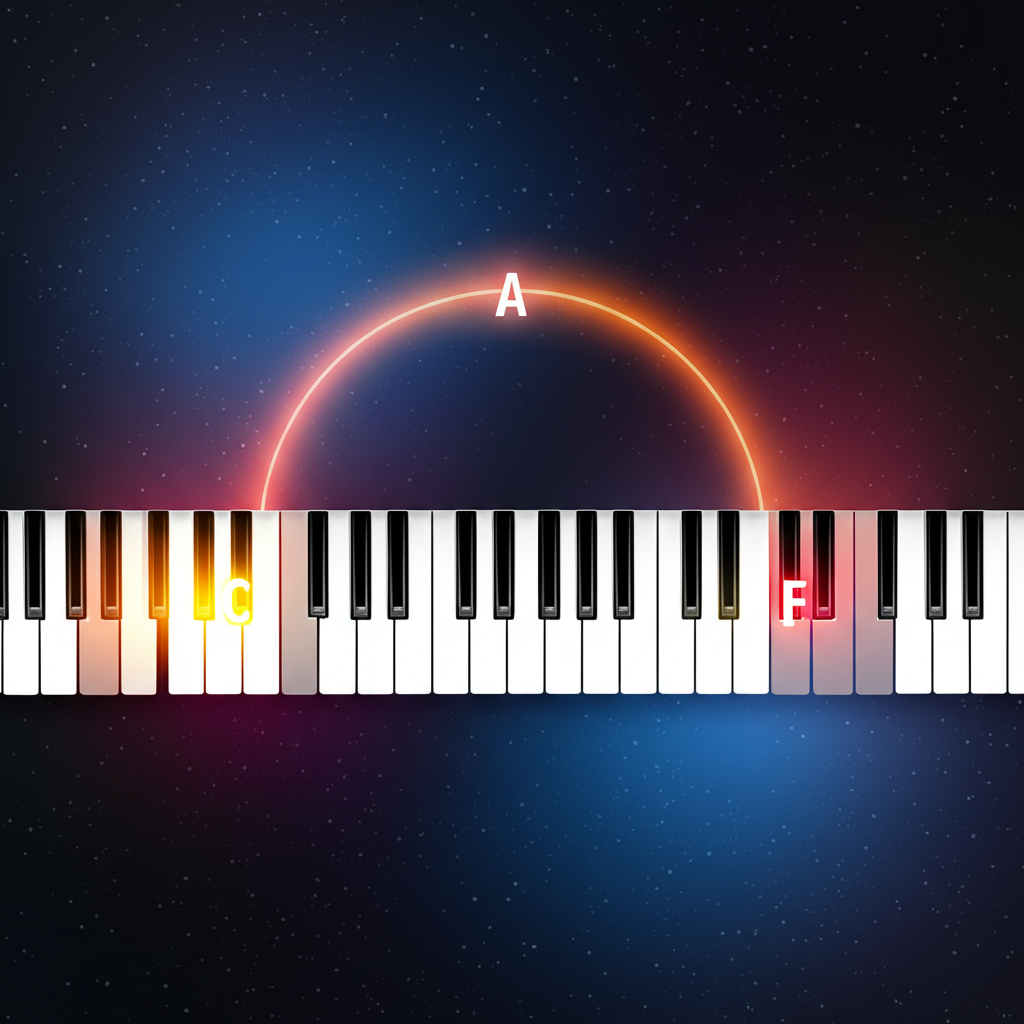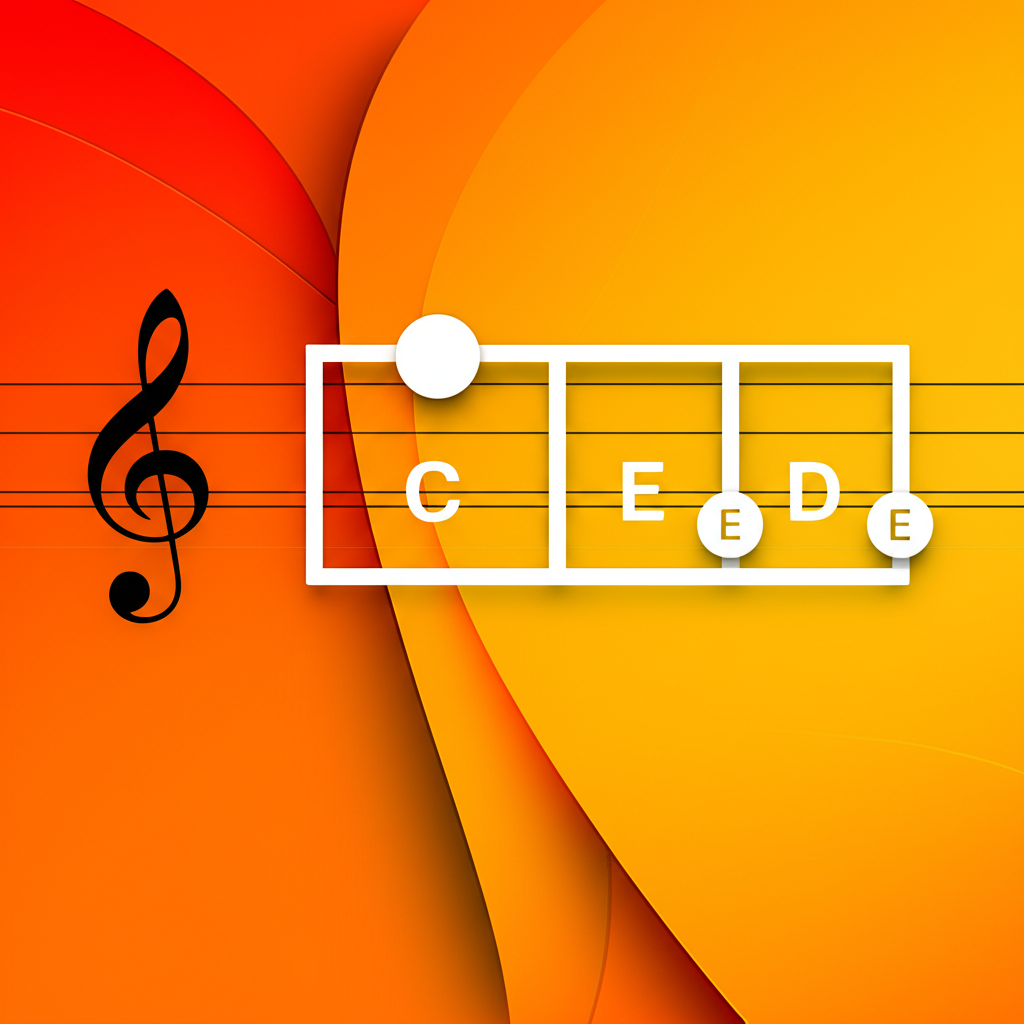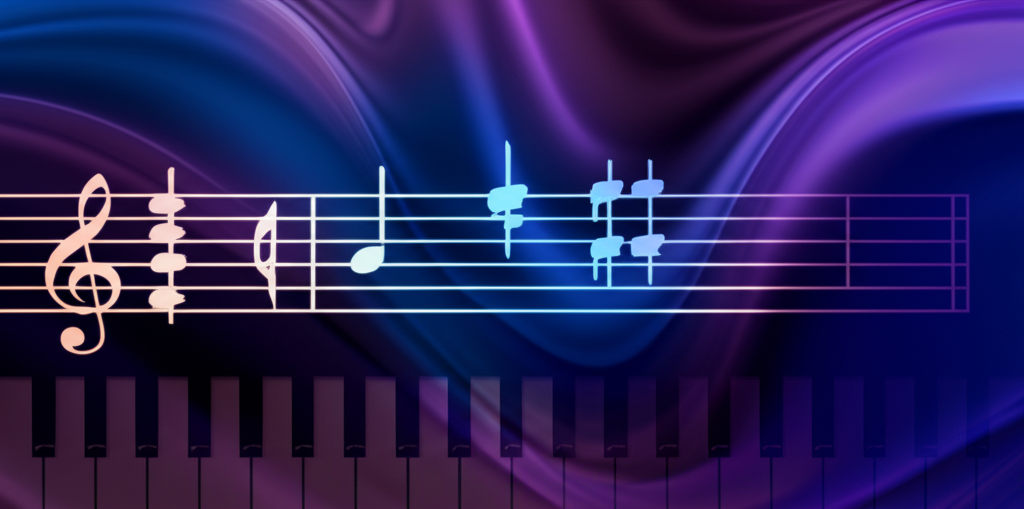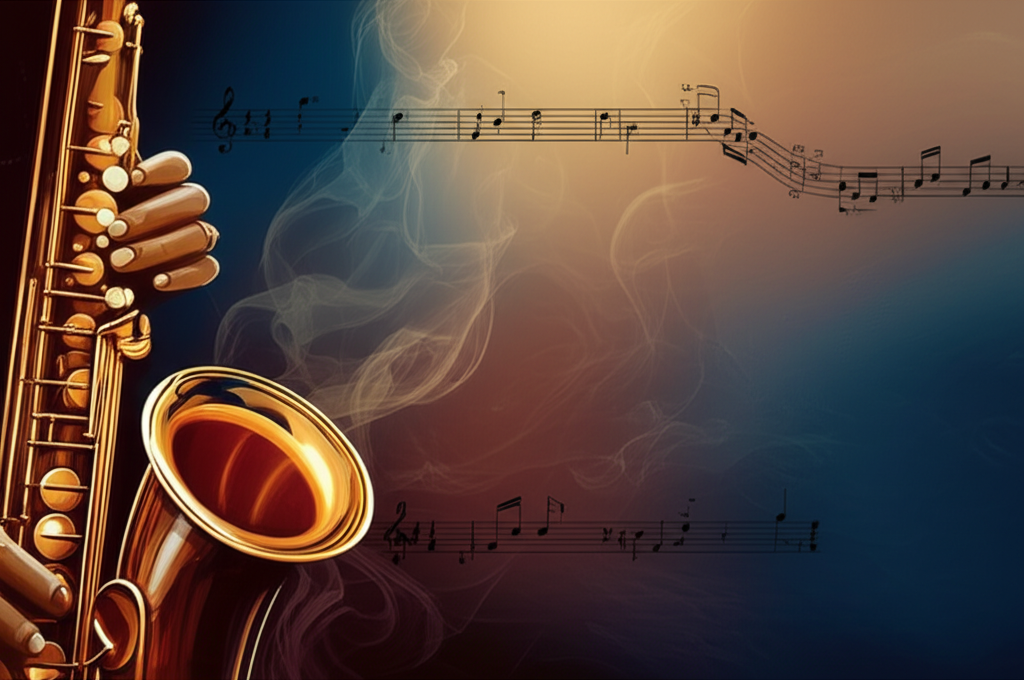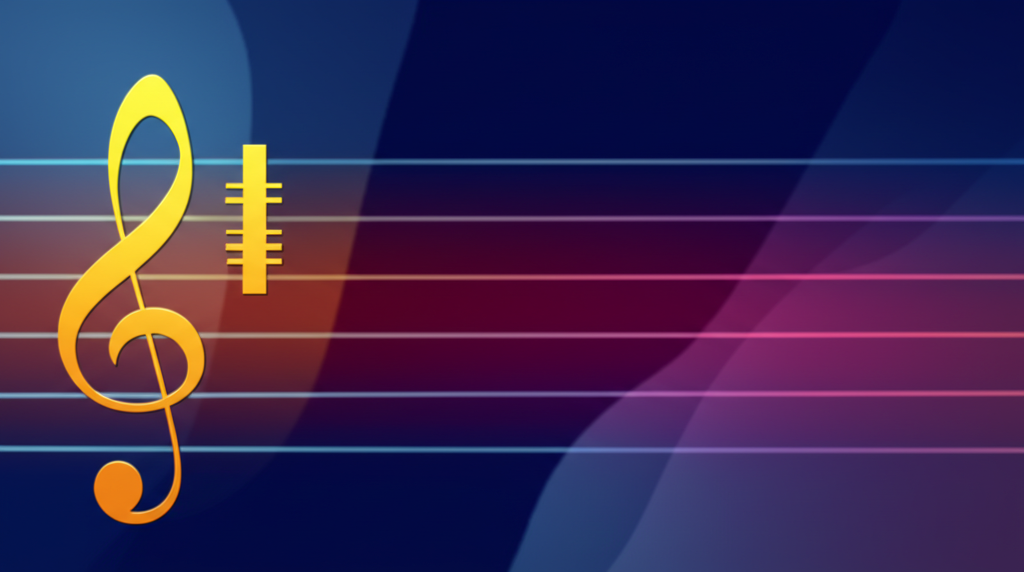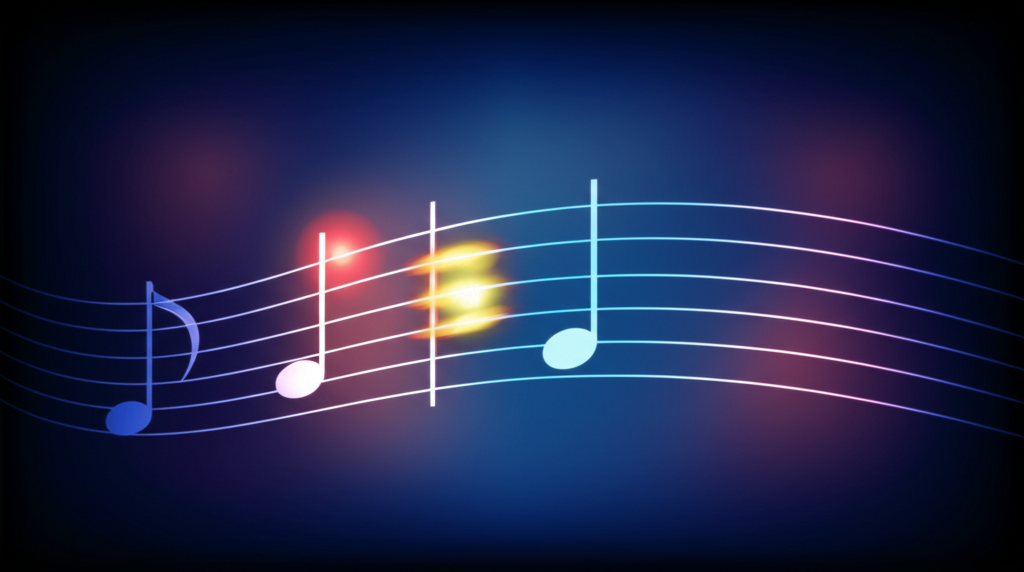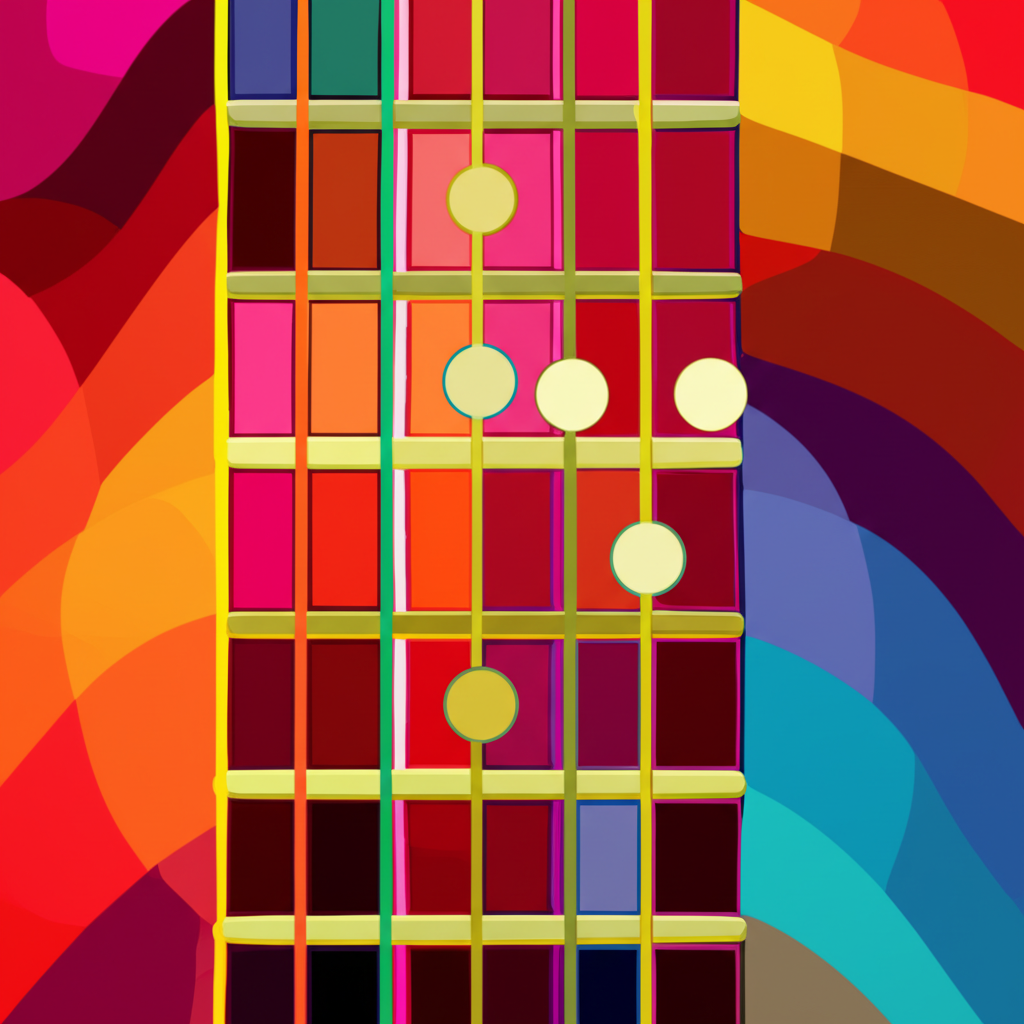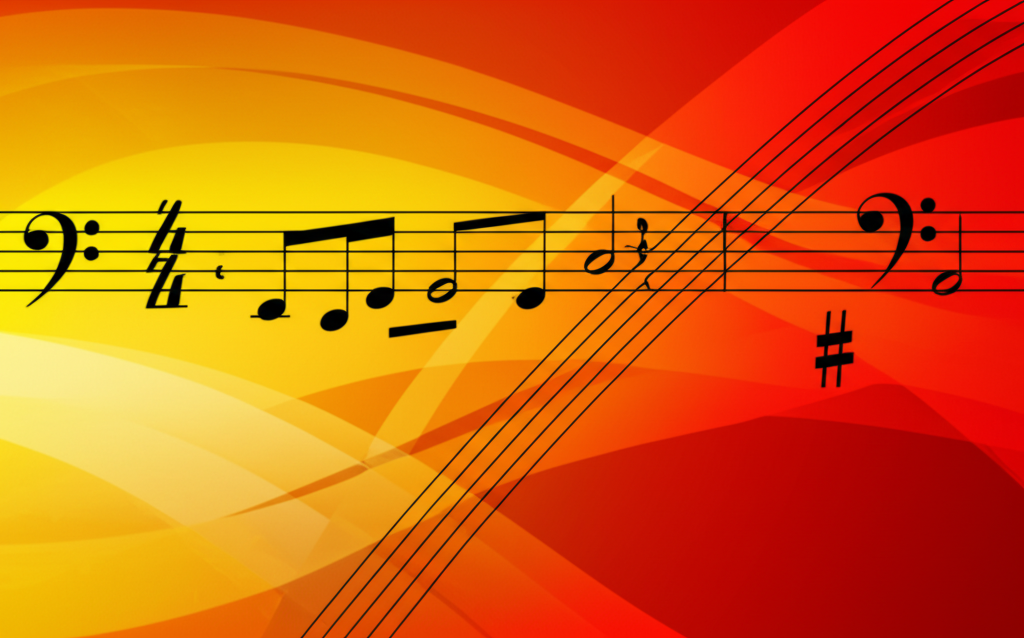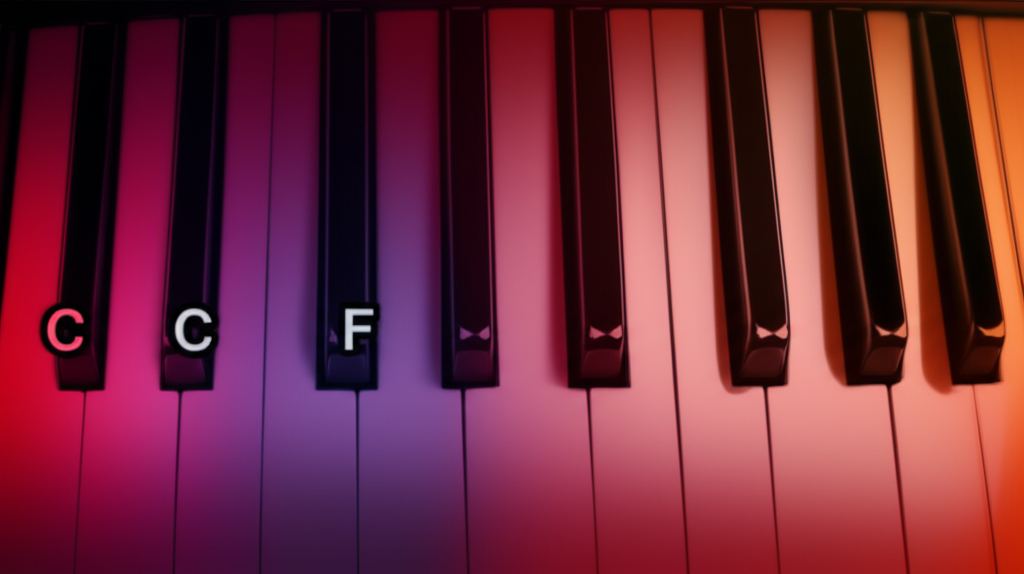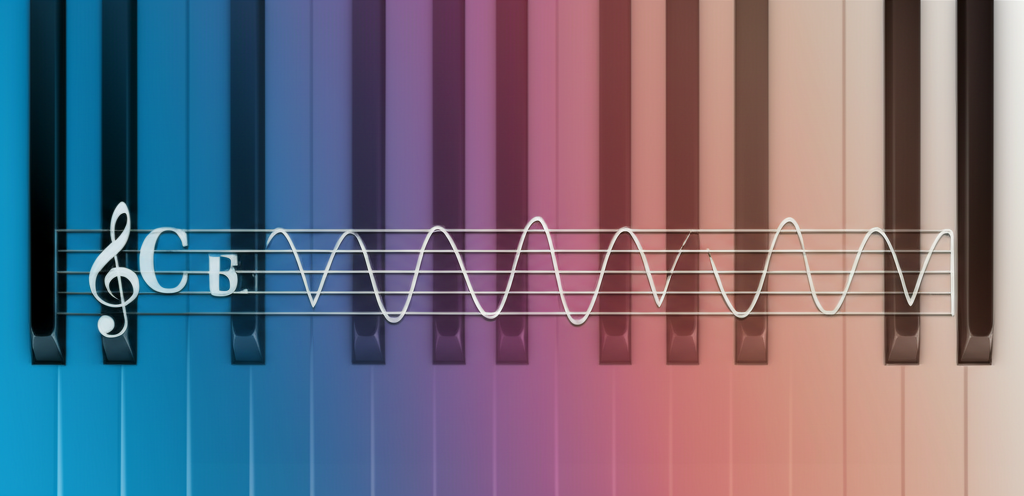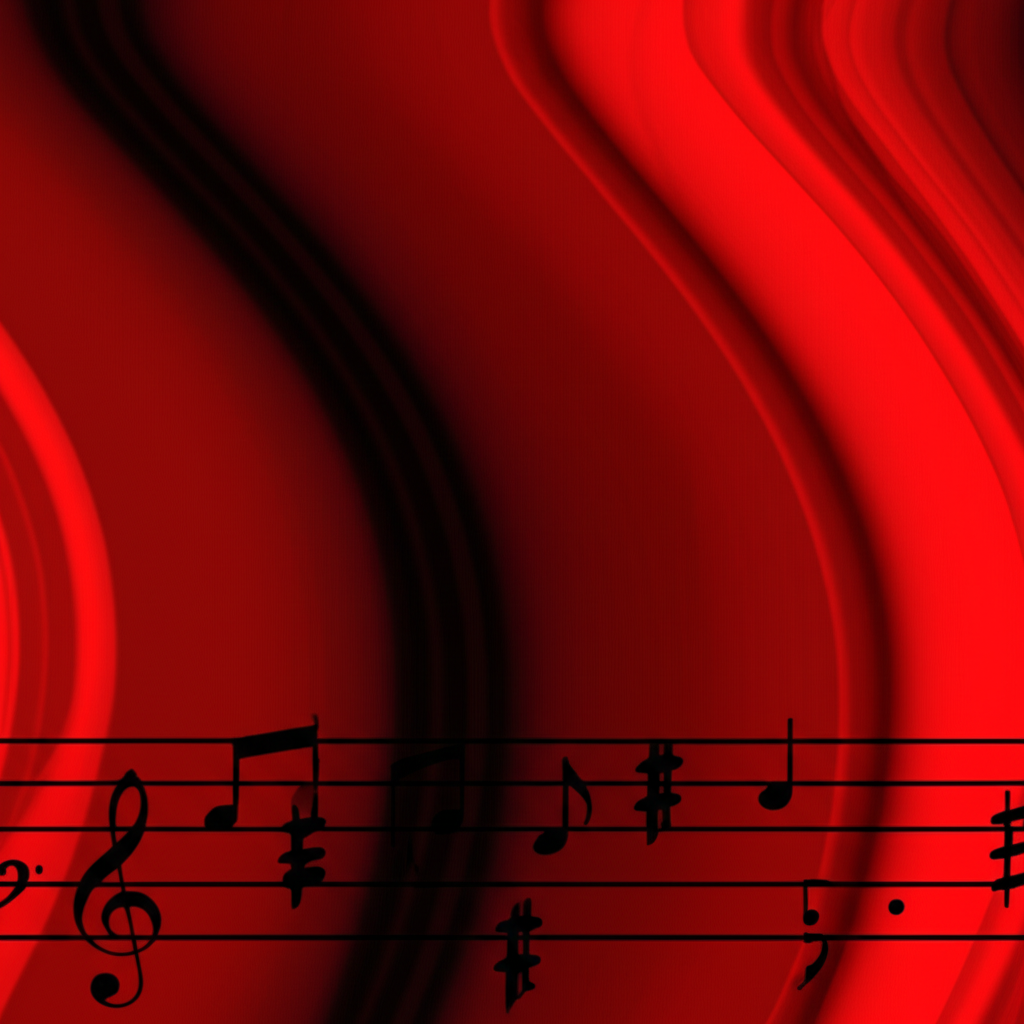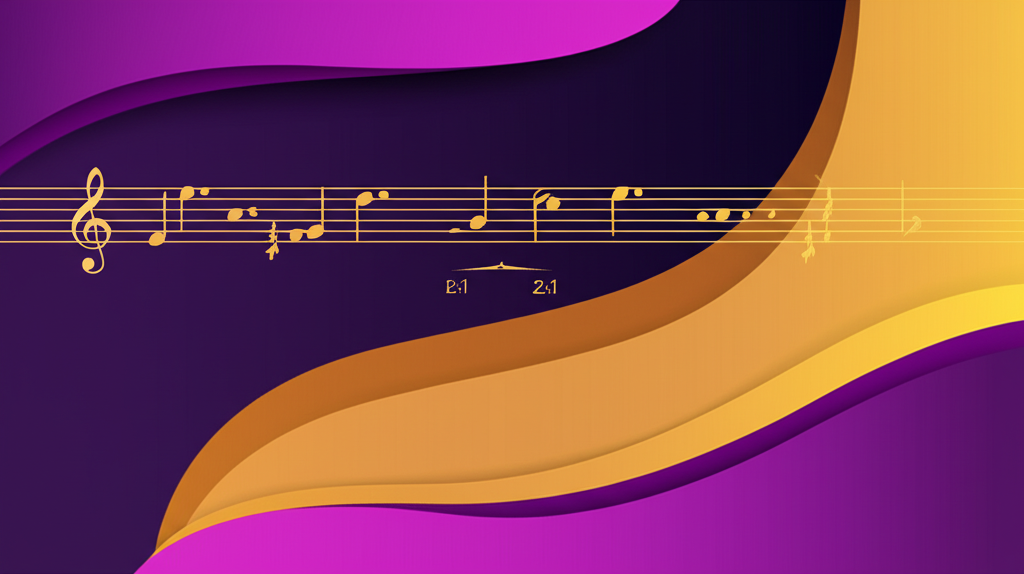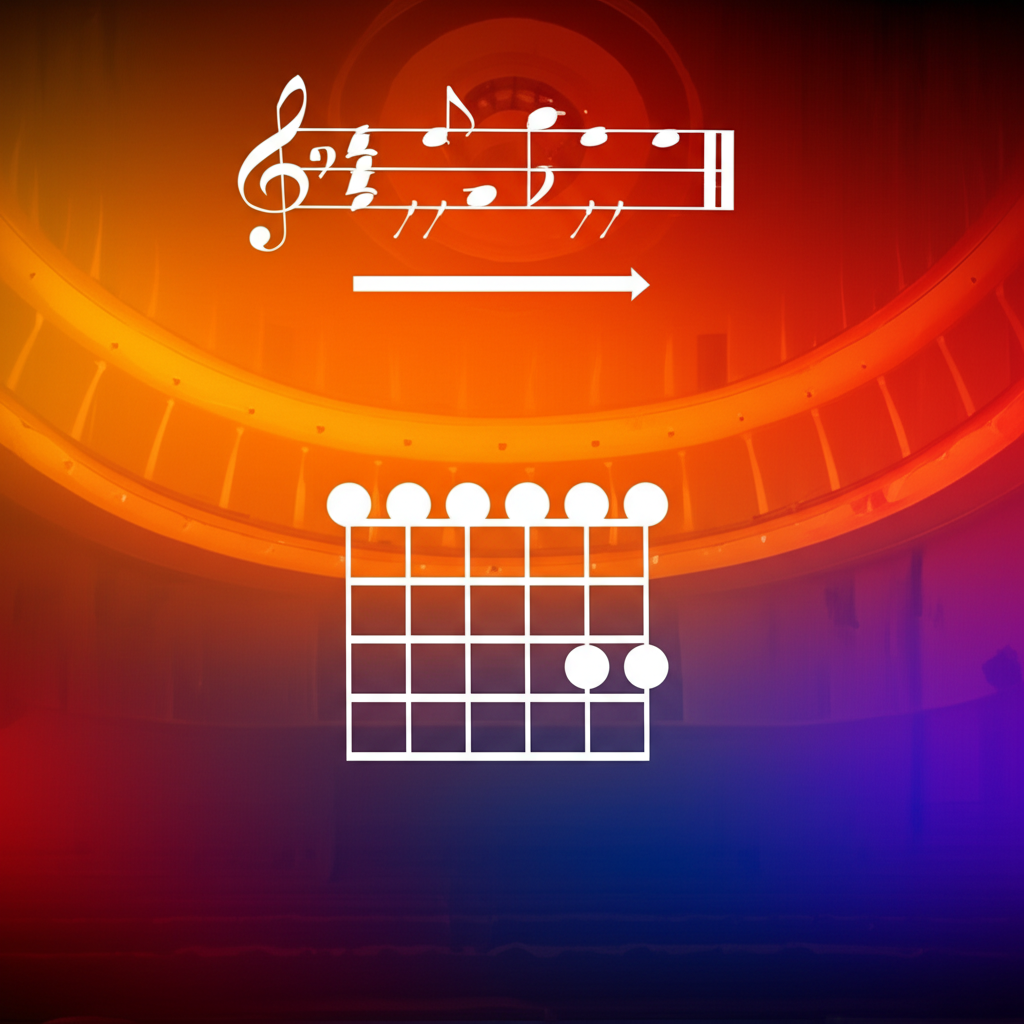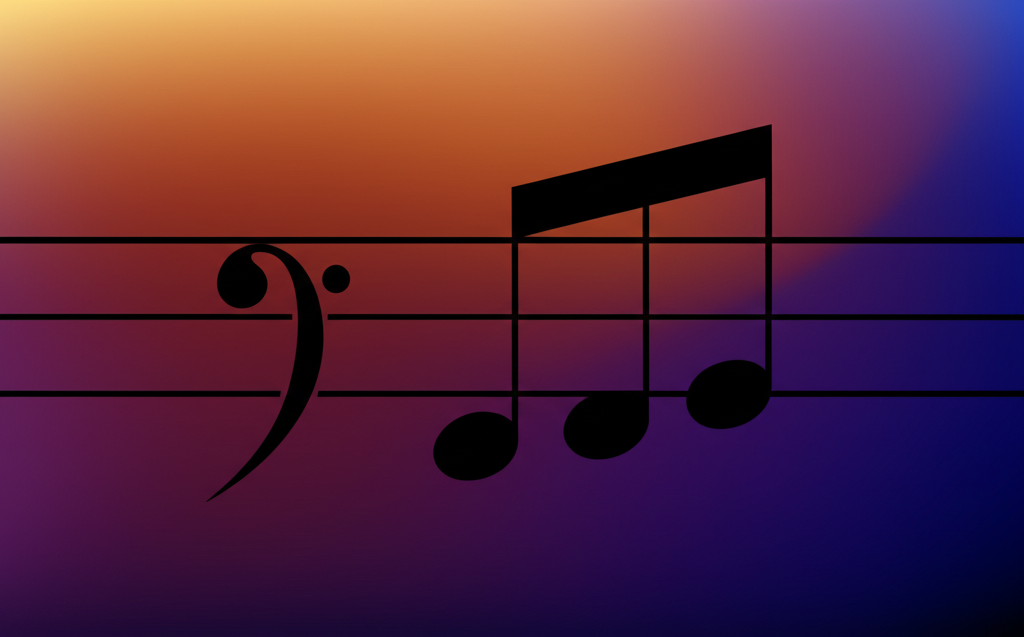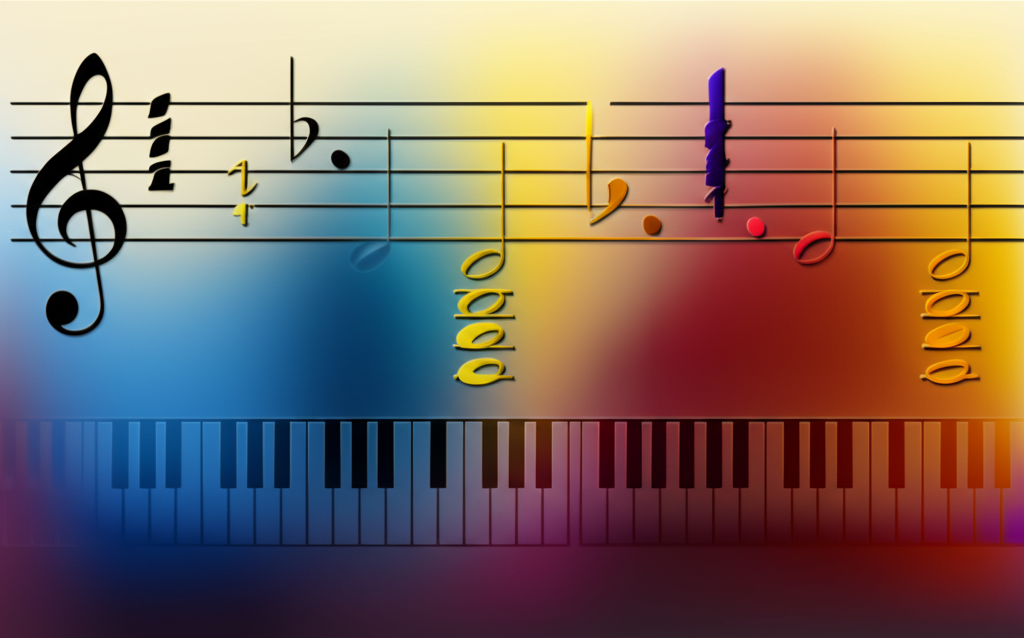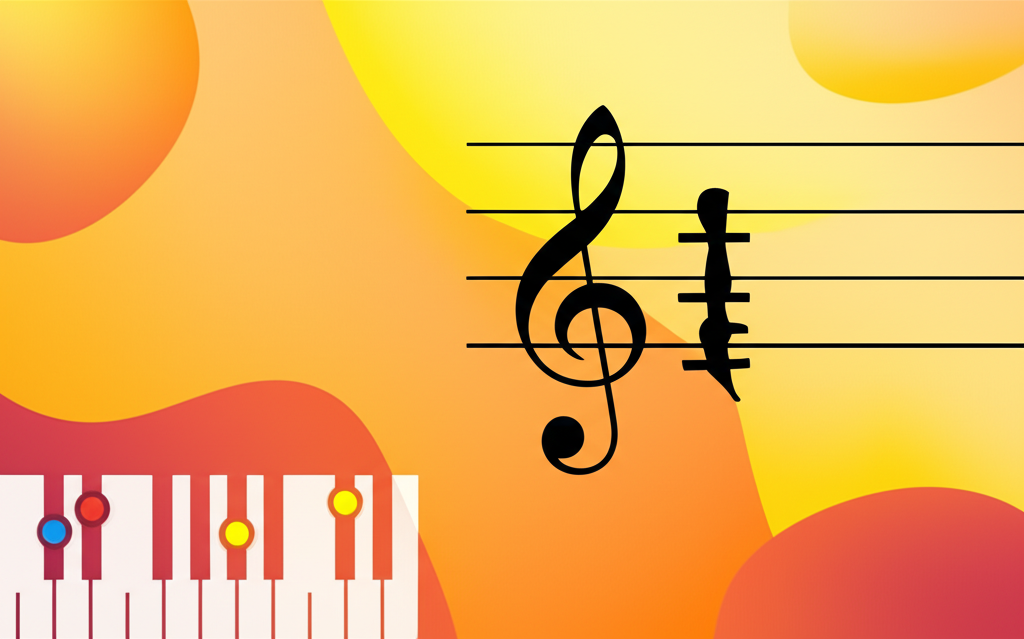
Unlocking the Augmented Fifth: Your Guide to Musical Tension and Color

b4n1
June 14, 2025, 7:04 p.m.
Unlocking the Augmented Fifth: Your Guide to Musical Tension and Color
Summary:
This article delves into the augmented fifth, a unique and colorful interval in music theory. We will explore its definition, its distinct, dissonant sound, and its crucial role in creating tension and emotional depth. By understanding the augmented fifth, you'll gain insight into the structure of augmented triads and the ethereal quality of the whole-tone scale, enriching both your theoretical knowledge and your listening experience.
Keywords:
augmented fifth, music interval, music theory, harmony, dissonance, augmented triad, whole-tone scale, chromaticism, music education, altered chords
Introduction:
In the world of harmony, the perfect fifth is a pillar of stability. It’s strong, consonant, and forms the backbone of the most common chords in Western music. But what happens when we stretch that stability just a little bit further? Enter the augmented fifth: the perfect fifth's mysterious, unsettling, and fascinating sibling. By raising the top note of a perfect fifth by just one semitone, we transform a sense of resolution into a feeling of suspense and anticipation. This interval is a key ingredient for composers looking to add a touch of ambiguity, drama, or dreaminess to their music.
Definition and Classification:
An augmented fifth is a musical interval created by widening a perfect fifth by one chromatic semitone. It spans five staff positions (e.g., C to G) but covers a distance of eight semitones. For example, the interval from C to G is a perfect fifth (7 semitones). If we raise the G to a G-sharp, the interval C to G-sharp becomes an augmented fifth (8 semitones). While it is enharmonically equivalent to a minor sixth (e.g., C to A-flat), its harmonic function is entirely different. The augmented fifth's spelling implies a stretching or "augmentation" of a perfect interval, creating tension that seeks resolution upwards, whereas a minor sixth is typically treated as a consonant interval with different melodic tendencies.
Examples:
Example in ABC Notation:
Here are several examples of augmented fifth intervals, which are always 8 semitones apart. Notice the sharp (^) sign used to "augment" the perfect fifth.
The most common use of the augmented fifth is within an augmented triad. This chord is built from a root, a major third, and an augmented fifth. Its sound is suspended and symmetrical.
Practical Applications:
The augmented fifth’s primary role is to create harmonic tension that pulls the listener forward. It often appears in an augmented dominant chord (V+), which intensifies the need to resolve to the tonic (I). For instance, in the key of C Major, a G major chord (G-B-D) could be altered to G augmented (G-B-D#). That D# strongly wants to resolve up to the E of the C major tonic chord. You can hear this effect in the opening chords of The Beatles' "Oh! Darling." It's also a staple in film scores for creating mysterious, magical, or dream-like atmospheres, and it is the foundational building block of the whole-tone scale, famously used by Impressionist composers.
Historical Figures:
While used sparingly in earlier periods, the augmented fifth became a favorite tool for composers in the Romantic era and beyond. Franz Liszt was a pioneer in using chromatic and experimental harmonies, and augmented chords feature prominently in his virtuosic piano works, adding flair and drama. Later, Richard Wagner masterfully used augmented harmonies to express intense, unresolved longing, most famously in his opera *Tristan und Isolde*. In the 20th century, Impressionist composers like Claude Debussy embraced the augmented fifth's ambiguous quality, using it extensively within the whole-tone scale to paint ethereal, shimmering musical landscapes.
Fun Facts:
The augmented triad is perfectly symmetrical! It's built entirely of major thirds (e.g., C to E is a major third, and E to G# is also a major third). Because of this symmetry, any inversion of an augmented triad results in another augmented triad. For example, if you invert a C augmented triad (C-E-G#), you get E-G#-C, which is simply an E augmented triad. This unique property gives it a floating, rootless quality. This symmetry is also why the augmented triad fits perfectly into the whole-tone scale, which itself is a symmetrical scale made up only of whole-step intervals.
Conclusions:
The augmented fifth is far more than just a theoretical curiosity; it's a powerful expressive tool. As we've seen, this 8-semitone interval transforms stability into suspense, making it essential for building drama and color. From the altered dominant chords of pop music to the floating soundscapes of Impressionism, the augmented fifth adds a unique and unforgettable flavor. Now that you can identify its sound and function, where will you hear the distinctive pull of the augmented fifth in the music you listen to next?
References:
Piston, W. (1987). Harmony (5th ed.). W. W. Norton & Company.
Aldwell, E., & Schachter, C. (2011). Harmony and Voice Leading (4th ed.). Schirmer.
Benward, B., & Saker, M. (2015). Music in Theory and Practice (9th ed.). McGraw-Hill Education.
